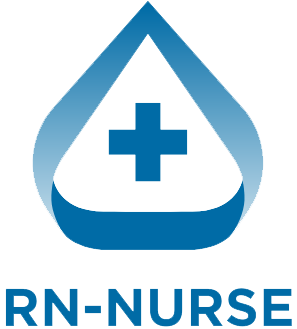A complete head-to-toe assessment is one of the first skills every nurse learns — and it’s a must for passing the NCLEX. Whether you’re a student, a new registered nurse (RN), or refreshing your basics with a nursing bundle, this guide will help you master it step by step.
Use this checklist to make sure you never miss a key part!
🏥 Why a Head-to-Toe Assessment Matters
- Detects early signs of problems
- Guides care plans
- Builds trust with the patient
- Gives you solid info to report to the healthcare team
As an RN nurse, you’ll use this skill every day — from the bedside to the ICU.
🗂️ Nursing Head-to-Toe Checklist
Below is a simple order you can follow to stay organized. Always wash hands, introduce yourself, explain what you’ll do, and check patient ID first!
1️⃣ General Appearance
✅ Check:
- Are they awake, alert, and oriented (A&O ×4 — person, place, time, situation)?
- Look at body posture, hygiene, skin color.
✅ NCLEX Tip:
Always start with airway, breathing, circulation (ABC) if the patient seems unstable.
2️⃣ Head and Face
✅ Inspect:
- Eyes: Pupil size & reaction (PERRLA)
- Ears: Hearing, drainage
- Nose: Drainage, breathing
- Mouth: Moist mucous membranes, dentures
✅ Ask:
- Any pain or headache?
3️⃣ Neck
✅ Palpate:
- Lymph nodes: Swollen or tender?
- Trachea: Midline?
- Carotid pulses: Strong & equal?
✅ Test:
- Neck ROM (range of motion)
4️⃣ Chest and Lungs
✅ Inspect & Auscultate:
- Symmetry of chest rise
- Listen to lung sounds front and back: Clear or crackles/wheezes?
- Look for use of accessory muscles
✅ Ask:
- Any shortness of breath or cough?
5️⃣ Heart
✅ Auscultate:
- Heart rate and rhythm (regular?)
- Listen for murmurs
✅ Palpate:
- Peripheral pulses: Strong & equal?
- Capillary refill: Less than 3 seconds?
6️⃣ Abdomen
✅ Inspect, Auscultate, Palpate:
- Look for distention or scars
- Listen for bowel sounds in 4 quadrants
- Gently feel for tenderness or masses
✅ Ask:
- When was your last bowel movement?
- Any nausea or pain?
7️⃣ Extremities
✅ Check:
- Range of motion in arms and legs
- Strength: Equal on both sides?
- Edema or swelling?
- Skin temperature and color
✅ Test:
- Any numbness or tingling?
8️⃣ Skin
✅ Inspect:
- Color: Pale, flushed, cyanotic?
- Temperature and moisture
- Any wounds, rashes, or pressure ulcers?
✅ Tips:
Turn patient to check bony areas (back, heels, elbows).
9️⃣ Neurological
✅ Check:
- Level of consciousness (LOC)
- Orientation (A&O ×4)
- Follow simple commands
- Pupil reaction again if needed
🔟 Safety Check Before You Finish
✅ Ensure:
- Bed in lowest position
- Call light within reach
- Side rails up as needed
- Document everything clearly
✅ Key Takeaway
A good head-to-toe assessment shows you’re a safe, competent nurse. It helps catch problems early, keeps your patient safe, and builds your confidence as an RN nurse. Mastering this skill is a must for passing the NCLEX and working on any floor.

